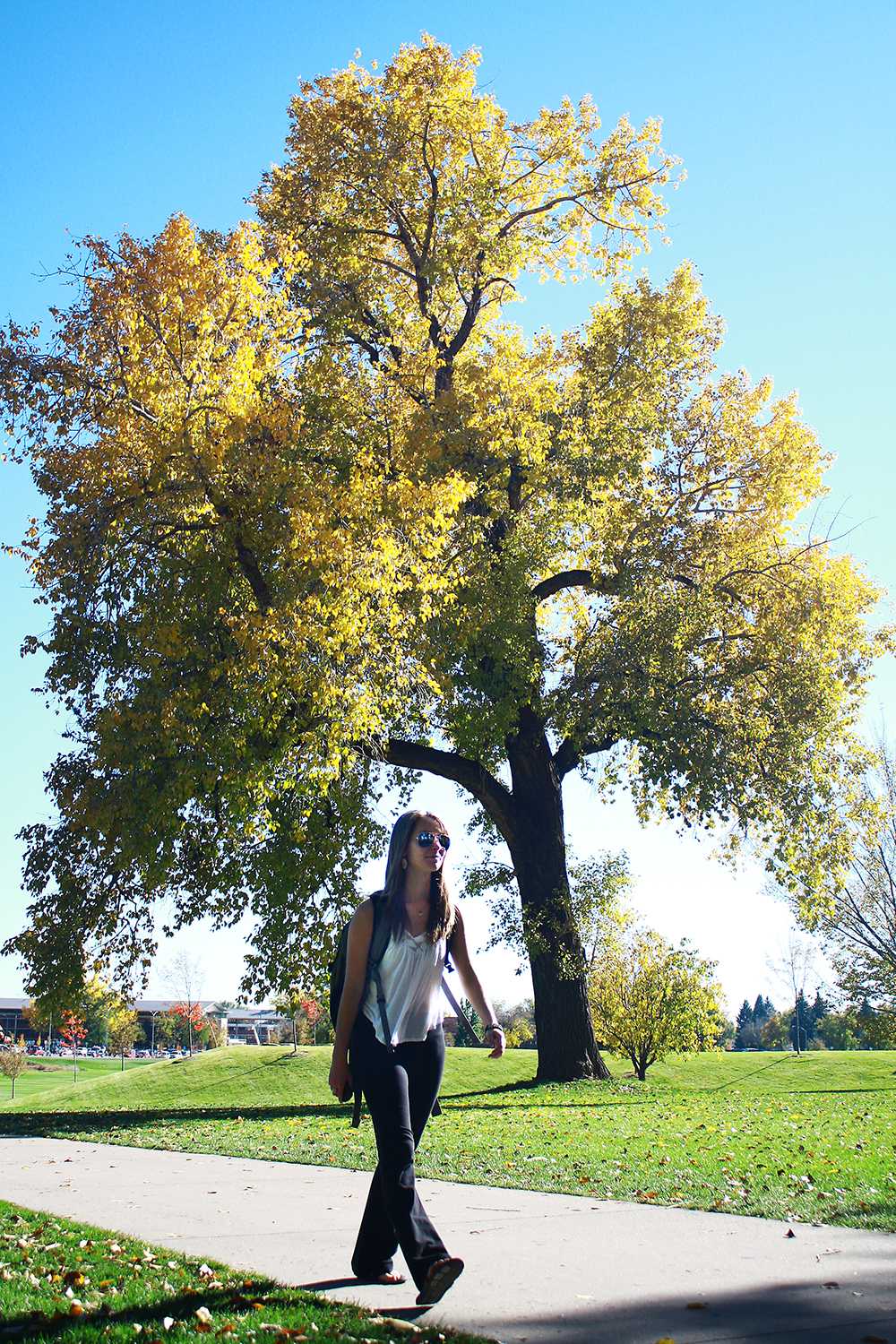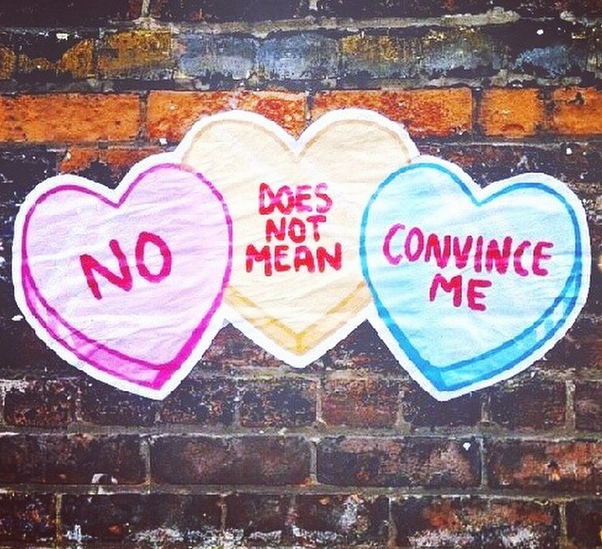
It’s hard not to notice the shortcuts worn into the grassy lawns all across campus — especially when you’re running late for class.
Professor Tony Koski, Colorado State University’s turf specialist, calls them cow paths, and he’s not that far from the truth. CSU is home to over 30,000 Rams constantly roaming between classes and other campus events.
“Students always know the shortest distance between two points,” Koski said.
When thousands of students walk across the same stretch of grass, it creates soil compaction, according to Koski.
“This makes it difficult for the grass to grow and stay healthy, and then it can’t handle the foot traffic so it just gives up,” Koski said. “It’s just a traffic management issue.”
Doug Nagel, CSU’s Outdoor Services manager, says it happens more rapidly in the winter when the lawns aren’t being irrigated.
The Rams aren’t the only ones who can’t seem to stay on the sidewalks. The Buckeyes at Ohio State University, where Koski earned his Ph.D. in turf science, were just as bad.
“It’s a problem that every campus has — any grassy open space, really,” Koski said.
What varies across campuses is how these paths are managed. At Ohio State, facilities would pave sidewalks anywhere a bare path popped up, according to Koski.
In some cases, CSU facilities extended sidewalks to solve the problem, but it usually makes more sense, financially and logistically, to recover the grass.
“They do try to recover them,” Koski said. “They look pretty good by August.”
Healing the scars the pathways create isn’t the easiest task. CSU facility crews have to heavily aerate the soil, re-seed and apply extra fertilizer over the summer while most students are away, according to Nagel.
“It does take time out from our everyday work. It is a certified effort every spring,” Nagel said. “It would be easier if they weren’t there.”
In the past, the University has tried using signs to keep students off the grass, but they weren’t very effective.
“We want people to use the lawns. I think that is one good thing about Colorado State — that we have so much open space,” Nagel said.
There may be other alternatives besides turf recovery and new sidewalks the University hasn’t attempted yet.
“I think it would be nice if they put in stepping stones, especially across Monfort Quad,” said Kyndra Fletcher, a senior horticulture major. The path through Monfort Quad comes back every year despite facilities’ recovery efforts.
So the next time you are late for class, you might think twice before taking that shortcut with the rest of the herd — the grass will thank you.
Collegian Editor at Large Isabella Heepke-Law can be reached at news@collegian.com.






